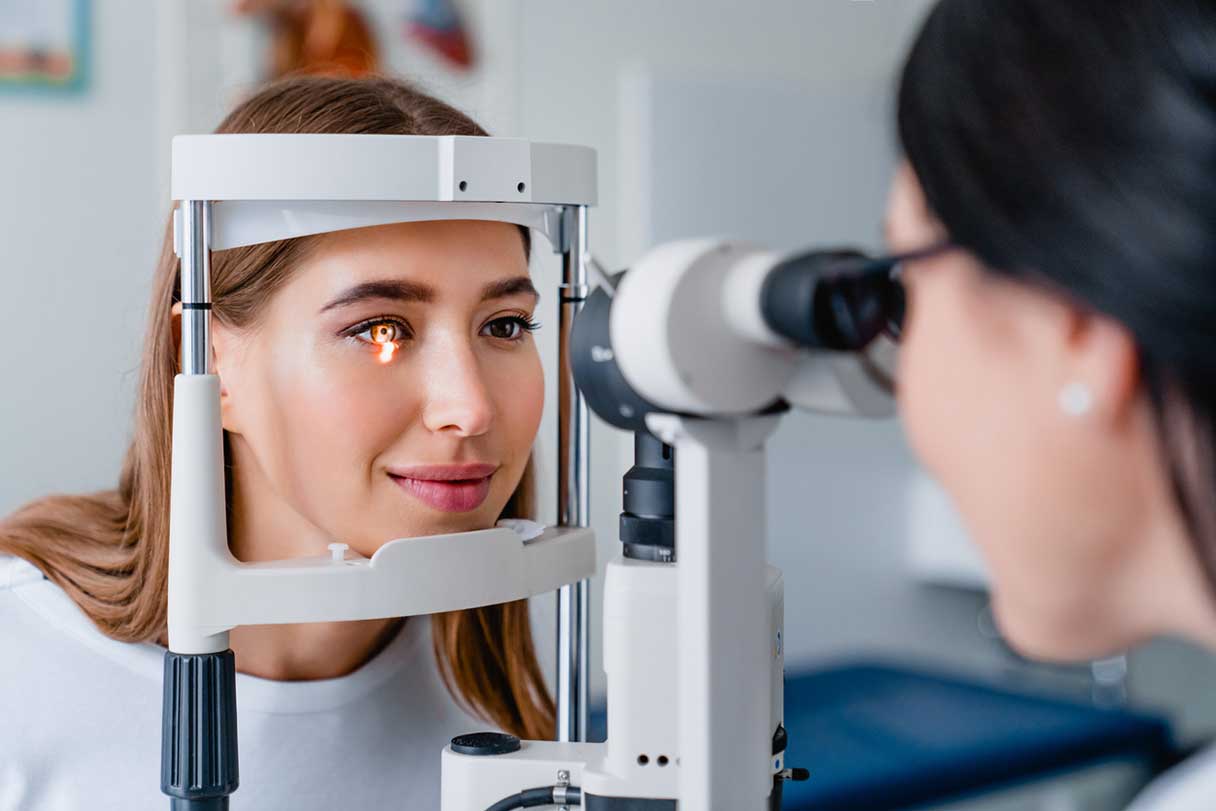What's the first thing you notice when you meet someone new? It's their smile. While braces, retainers and clear aligners can help you attain a straighter smile, orthodontic treatments have more benefits than just cosmetic improvements for your teeth.
From improving your overall oral health and preventing tooth damage to improving the function of your jaw, orthodontic treatments can offer a wide range of benefits.
Below are 14 benefits that can come along with orthodontic treatment.
1. Improve Ease of Brushing and Flossing
Brushing and flossing your teeth are important ways to maintain healthy teeth, mouths and gums.1 Not surprisingly, straighter teeth are easier to brush and floss, thereby reducing the risk of tooth decay and gum disease.2
2. Help Prevent Tooth Damage
Bite problems such as an overbite, underbite or crossbite are types of malocclusion, or a misalignment of teeth, and can increase the potential for tooth damage or wear.3 Orthodontic treatments such as braces and retainers can be used to help correct bite problems and prevent abnormal wear on the teeth.2
3. Correct Misalignment
Alignment refers both to the straightness of teeth as well as the position and function of the temporomandibular joint (TMJ) of the jaw. For some patients, their teeth may be straight but their jaw may not be aligned properly. Orthodontic treatment can help correct the alignment of the teeth and the jaw, making them more efficient and resistant to dental problems.2
4. Straighten Teeth
One of the major reasons that both teens and adults get dental braces or clear aligners is to straighten crooked teeth. Straighter teeth can improve the appearance of the smile, boosting self-esteem and confidence.4
5. Enhance Facial Aesthetics
Bite misalignments such as an overbite, underbite or crossbite can impact the look of the jaw, lips and face as a whole. By correcting jaw misalignment, orthodontic treatment can help improve facial asymmetry, enhancing overall facial aesthetics.5
6. Align Teeth Symmetry
Have one tooth higher than the rest of your teeth? Orthodontic treatments can help. Traditional dental braces and clear aligners can be used to not only straighten teeth but also help align their symmetry, refining the overall appearance of the smile.6
7. Fix Bite Problems
Malocclusion can cause problems with the function and performance of your jaw. Common bite problems include overbite, underbite, crossbite and open bite. Orthodontic treatments can work to correct bite problems, improving the ability to bite and chew food.7
8. Reduce Muscle Strain
The jaw opens and closes thanks to two temporomandibular joints that connect your lower jaw to the rest of the skull. When the jaw is misaligned, the surrounding muscles can easily become strained, leading to tightness, facial pain and discomfort. Orthodontic treatment can improve the alignment of the teeth and jaws, reducing strain on the muscles used for yawning, chewing and speaking.8
9. Improve Speaking Abilities
The ability to produce sounds relies on a combination of your teeth, jaws and tongue. Certain kinds of oral misalignment may cause lisping, whistling, an inability to pronounce certain letters or a lack of clarity when speaking. Orthodontic treatment can help improve the function of the teeth and jaws, making it easier to pronounce words and speak clearly.9
10. Keep Tooth Decay at Bay
Orthodontic treatment can also help prevent tooth decay and gum disease. Tooth decay can occur when plaque builds up and eats away at the outer layer of the tooth, also known as the enamel. This decay can be prevented with regular visits to the dentist along with twice-daily brushing and flossing — two key oral hygiene tasks that can be trickier when teeth are crowded or misaligned.10
11. Help Thwart Tooth Wear
Tooth wear, or the deterioration of the structure of the tooth, has three causes: abrasion from actions such as aggressive brushing, attrition from tooth-to-tooth contact or dental erosion due to excessive acidity in the mouth.11 Orthodontic treatment can help prevent attrition tooth wear and damage caused by misaligned bite problems.
12. Address Jaw Issues
Jaw problems from clenching, grinding or temporomandibular disorders (TMD) can lead to pain, headaches and difficulty eating. Some jaw conditions may be improved with orthodontic treatments that can correct the alignment of the teeth and jaws.12
13. Avoid Tooth Loss
The most common cause of tooth loss is periodontal disease, also known as gum disease.13 However, tooth loss can also occur due to cavities.14 Orthodontic treatment can reduce the risk of tooth loss from gum disease and cavities by correcting bite problems and straightening teeth to allow for better cleaning.3
14. Create a Better Fit for Dental Restoratives
Dental restoratives work to repair or replace teeth that are damaged or missing. Some, such as dental crowns, must fit over an existing tooth, whereas dental bridges fit between teeth to fill in a missing area.15
Most dental restoratives will fit better if your existing teeth are straight and your bite is aligned. Orthodontic treatment can improve the fit of dental restorations such as crowns and bridges by correcting the alignment of the teeth and bite.3
CareCredit Financing for Orthodontic Treatment
Whether you're investing in orthodontics or you simply need a dental exam, the CareCredit credit card can help you pay for costs not covered by insurance.* Apply today and use our Acceptance Locator to find a dentist or orthodontist near you that accepts CareCredit to help get you on track to your perfect smile. Continue your wellness journey by downloading the CareCredit Mobile App to manage your CareCredit account, find a provider on the go, and easily access the Well U hub for more great articles, podcasts, and videos.
Author Bio
Kate Bayless is a health and wellness freelance writer with more than 15 years of experience. Her work has appeared in Parents, Women's Health, Beachbody, and OpenFit.







